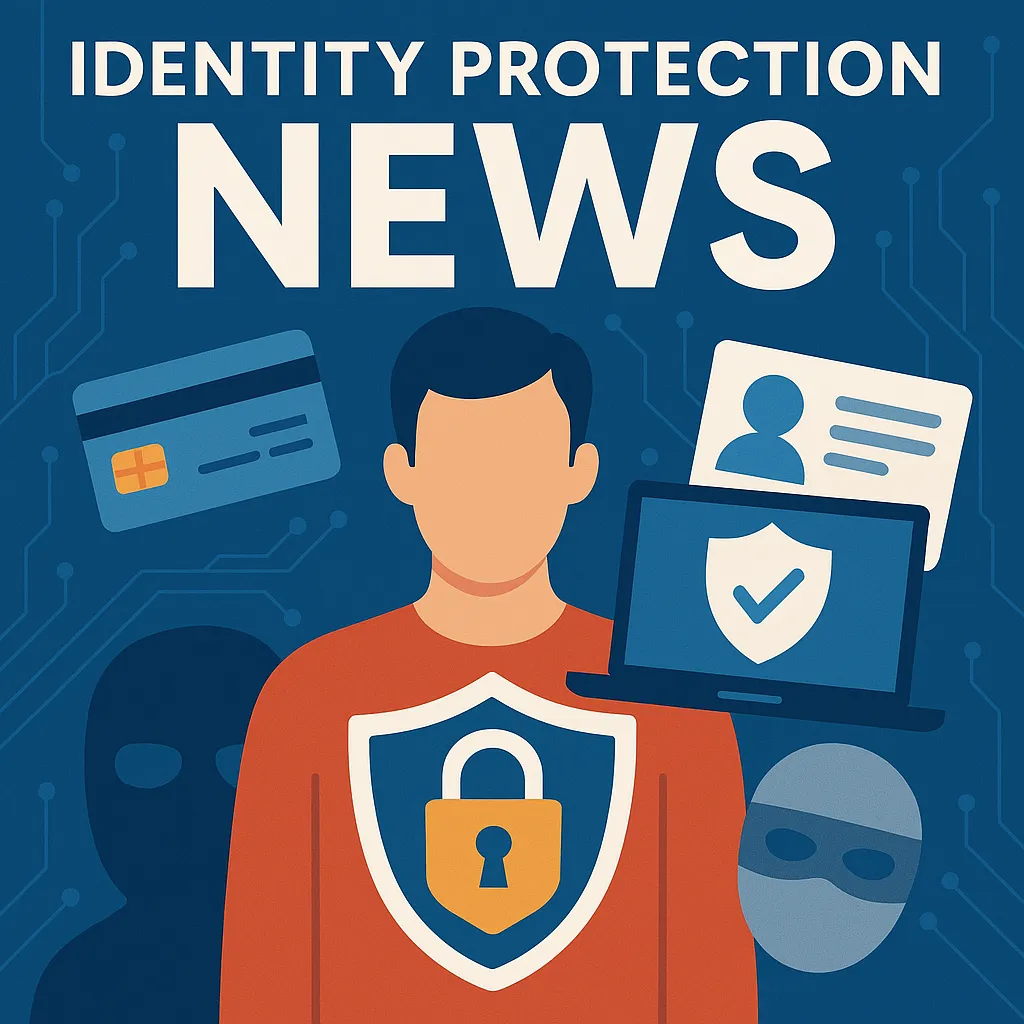Understanding and Preventing Cybersecurity Threats: From Personal Identity to Business Safety
Welcome to our deep dive into the world of cybersecurity, a landscape ever-changing and increasingly important in our digital age. Whether you're a student, senior citizen, or business executive, understanding how to protect your online identity is crucial. This blog post aims to enlighten you about various cybersecurity threats including identity theft, business email compromise, and more. By the end, you will be equipped with both knowledge and strategies to secure your digital presence.
What is Identity Theft?
Identity theft involves the unauthorized acquisition and use of someone's personal information, such as their name, social security number, or credit card details, for fraudulent purposes. This malicious activity can lead to significant financial loss and long-term damage to one's credit history.
Types of Identity Theft
Identity theft can take many forms, including financial, medical, and more recently, student aid scams. These incidents can occur when personal information is stolen and used to perform transactions, bill medical services, or even embezzle student aid funds (source).
Recognizing Signs of Identity Theft
Identifying that you've been a victim of identity theft early can significantly minimize the damage. Signs include unexpected bills, charges you don't recognize, or discrepancies on your credit report. If you suspect you're a victim, it's crucial to act fast; start by notifying affected institutions and consider a credit freeze.
How to Respond if You're a Victim
This involves reporting the theft to relevant bodies, possibly filing a police report, and closely monitoring your financial statements for further irregularities. Vigilance is your best defense (source).
Medical Identity Theft: An Emerging Concern
Medical identity theft is particularly insidious and affects not just financial health but can lead to incorrect medical records. Thieves use stolen health insur...

